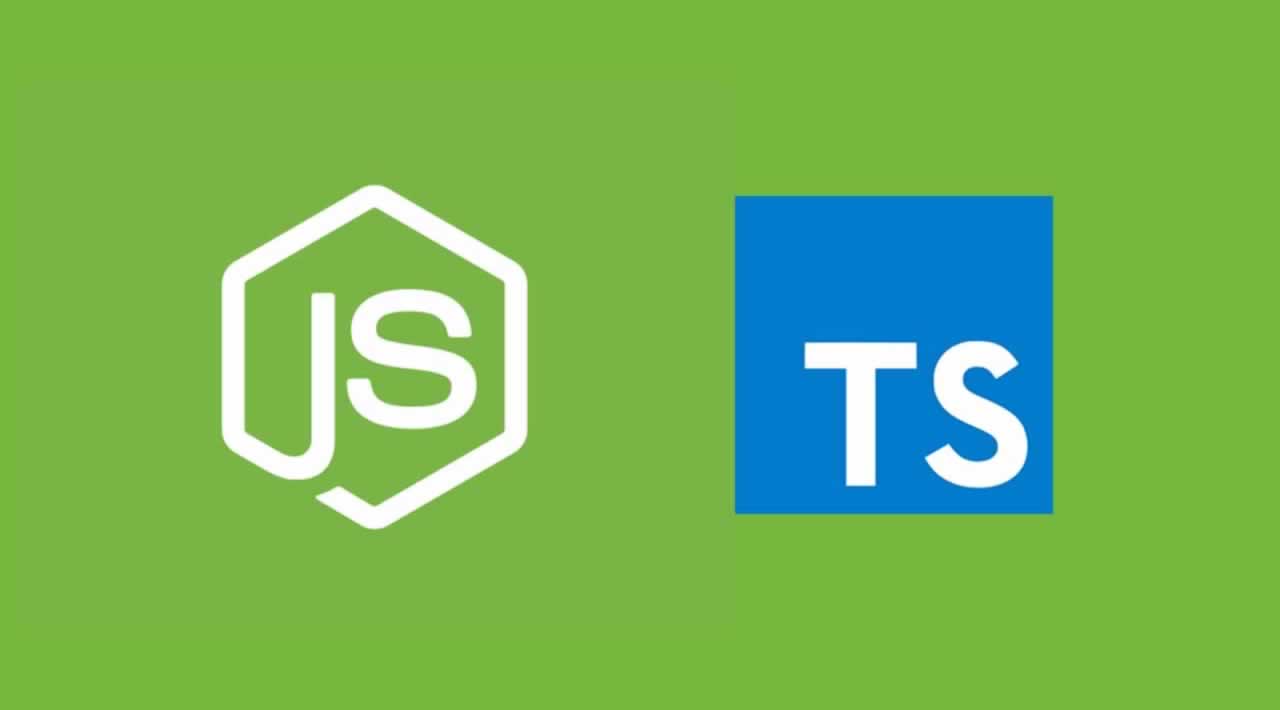
If you see the error, "Could not auto-detect the runtime stack of your app," ensure you're running the command in the myExpressApp directory (See Troubleshooting auto-detect issues with az webapp up). To create a Windows app instead, use the -os-type argument. The command creates a Linux app for Node.js by default. You can retrieve a list of allowable regions for your Azure account by running the az account list-locations command. You can optionally include the argument -location where is an available Azure region. The -sku F1 argument creates the web app on the Free pricing tier, which incurs a no cost. A good pattern is to use a combination of your company name and an app identifier. Replace with a name that's unique across all of Azure ( valid characters are a-z, 0-9, and -). If the az command isn't recognized, ensure you have the Azure CLI installed as described in Set up your initial environment. Select Create new App Service plan, then enter a name for the plan (such as AppServiceQS-plan), then select F1 Free for the pricing tier.įor Select an Application Insights resource for your app, select Skip for now and wait the resources to be created in Azure.Īz webapp up -sku F1 -name -os-type Windows Select the location you want to serve your app from. 
Select Create a new resource group, then enter a name for the resource group, such as AppServiceQS-rg. Right-click on App Services and select Create new Web App.

The browser should display the Express default page. Once deployment completes, select Browse Website in the notification popup. While Visual Studio Code creates the Azure resources and deploys the code, it shows progress notifications.

This way, as long as you're in the same workspace, Visual Studio Code deploys to the same App Service app each time. In the popup Always deploy the workspace "myExpressApp" to ", select Yes. In Select a pricing tier, select Free (F1) and wait for the resources to be created in Azure. In Select a runtime stack, select the Node.js version you want. The name must be unique across all of Azure and use only alphanumeric characters ('A-Z', 'a-z', and '0-9') and hyphens ('-'). Type a globally unique name for your web app and press Enter.







 0 kommentar(er)
0 kommentar(er)
